|
UW-Extension Master Gardener Volunteer Roseann Meixelsperger provides information on Hummingbirds.
1 Comment
Have you ever wondered the meaning of a flower? The History of Flower Meanings The symbolic language of flowers has been recognized for centuries in many countries throughout Europe and Asia. They even play a large role in William Shakespeare’s works. Mythologies, folklore, sonnets, and plays of the ancient Greeks, Romans, Egyptians, and Chinese are peppered with flower and plant symbolism—and for good reason. Nearly every sentiment imaginable can be expressed with flowers. The orange blossom, for instance, means chastity, purity, and loveliness, while the red chrysanthemum means “I love you.” The Posy Book, authored by Teresa H. Sabankaya, is a modern book sharing the language of flowers. When you are out in your garden creating a bouquet for your loved one, send a special message by adding what your flowers mean in the bouquet you created. Inspired by the Victorian-era language of flowers, this new language of flowers dictionary is a compilation of many historical references on the language of flowers, with additional modern meanings for newly hybridized flowers. Inspired by the Victorian-era language of flowers, a posy is a small, round bouquet of flowers, herbs, and plants meant to convey a message, such as dahlias for gratitude, sunflowers for adoration, or thyme for bravery. These floral poems have become Teresa Sabankaya's signature. Brides want them for their weddings, but a posy is a lovely gift any time of year, and one that readers can easily put together from their garden or with blooms from their local florist. In The Posy Book, Sabankaya shares step-by-step instructions, floral recipes for more than 20 posies, and ideas for seasonal variations. A modern floral dictionary, with 12 original paintings by celebrated illustrator Maryjo Koch, will help readers craft their own posies filled with personal meaning. AuthorNCMGV ~ Carla TePaske Vegetables Love Flowers Author: Lisa Mason Ziegler Fight garden pests and increase your yields the natural way with this tried and true technique! Planting vegetables and flowers together is one of the oldest ways to create a healthy, bountiful garden, but there's more to the method than you might think. Vegetables Love Flowers will walk you through the ins and outs of companion planting, from how it works to which plants go together and how to grow the best garden for your climate. With the right information and some careful planning, you can help your plants thrive--and beautify your garden in the process. I recently won Vegetables Love Flowers. It is full of basic gardening tips and fantastic photography. AuthorNCMGV ~ Carla TePaske Late February 2020 saw the United States Postal Service release new stamps celebrating the gorgeous flowers of 9 different orchids. The Wild Orchids stamps, which are the “Forever” type (always equal to the price of one-ounce First Class Mail), join a long list of USPS stamps that share the beauty of flowers, plants and gardening. Orchids are beloved by plant experts and casual flower lovers alike for their gorgeous colors, unusual look and delicate features. Part of the largest family of plants on Earth, orchids grow in many climates and thrive under a variety of conditions. There are more than 30,000 species of wild orchids in the world, with more than 100 species native to North America. Many orchids native to North America are endangered or threatened, making sightings in their natural environment increasingly rare. These striking flowers are native to damp woodlands and numerous organizations across the country are working to preserve their habitats. Orchids also thrive in cultivated gardens or as houseplants. Resource: United States Post Office AuthorNCMGV ~ Carla TePaske Want to get a little fancier with your raised bed? We are sharing the design for the tiered planter originally built for the Teaching and Display Garden at the Spooner Ag Research Station. The tier planter box is constructed using 2' x 6' cedar and assembled with deck screws. Click here for complete plans. Contributed by: Russ Parker, UW Extension Master Gardener Volunteer
I recently stopped in at my local library and checked out, Growing Your Own Tea Garden .. by Jodi Helmer If you enjoy tea and growing herbs you will find tips to create your own tea garden. You Love To Drink Tea. Why Not Grow Your Own? If you’ve ever considered raising your own tea, this comprehensive guide is the place to start. Growing Your Own Tea Garden is packed with inspiration and practical instructions for cultivating and enjoying delicious teas. Author Jodi Helmer helps you plan and plant a productive backyard tea garden, with sample garden designs and cultivation advice. She shows you how to choose the right crops for your soil and climate, starting with the tea plant (Camellia sinensis) and going on through a comprehensive survey of tisanes, or herbal teas. Discover how to grow the full range of herbal infusions that make wonderful teas, from flowering chamomile and lavender to chicory roots, rose hips, lemon verbena, peppermint, aromatic bergamot and more. Jodi... Source: Publisher Tea Time Because being a grown - up is hard. AuthorNCMGV ~ Carla TePaske
"Happiness held is the seed; happiness shared is the flower." John Harrigan It is that time. The seed catalogs are starting to arrive in the mail. We are starting to get out the pencil and paper to start our draft of what to plant where in the garden this season. Something to think about in that planning is winter. What do you want to look out at during the winter months? Each season I plant sunflowers and zinnias, I leave them in the garden during the winter for the birds and other critters surviving the winter. I also enjoy looking out at what the snow has created on the plants. As we wait for spring.. let us enjoy the beauty of winter in our gardens. Watching the birds eat the seeds, woodpeckers peck on our stems of the sunflowers and those bunnies who all of a sudden are cute. If you had a real Christmas tree this season, think about placing it in the garden for a touch of color, protection and place to feed the wildlife in your yard. Photos and text .. by NCMGV ~ Carla TePaske
Photos by: NCMGV Sheila Squires of her sweet momma in the Sunflower Patch! Photo Opportunity Say "Sunflower" at the garden. Come on out to the Teaching and Display Garden and take your photo in the sunflowers. A fun back to school photo. A family Christmas card photo. Memories of the Summer of 2019 photo or a just because photo. Come on out and say "Sunflower!" AuthorCarla TePaske ~ UW-Extension Master Gardener Volunteer |
|
| North Country MGV | gARDEN bLOGS |
Location |
|


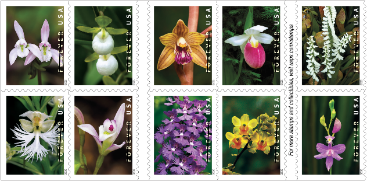
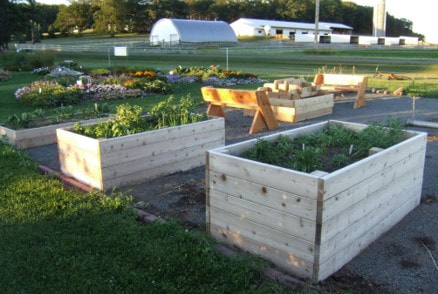


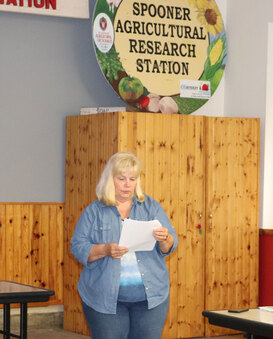
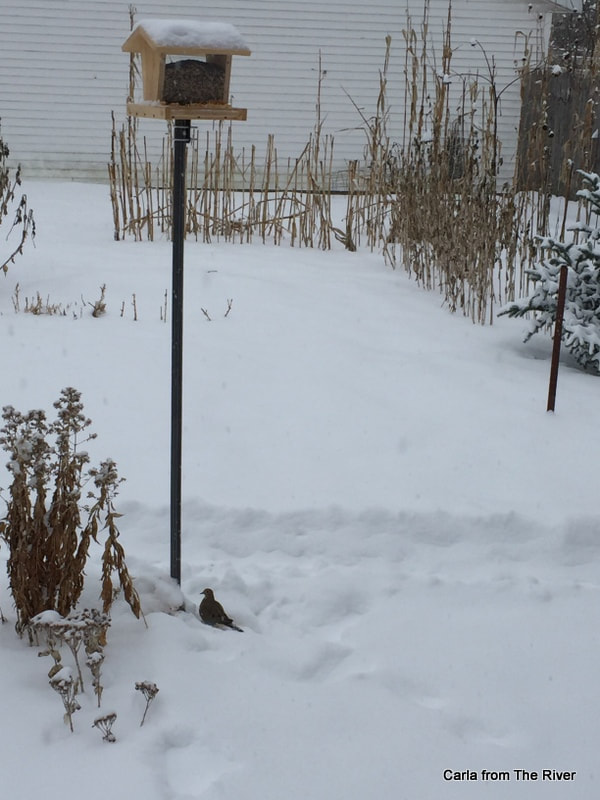
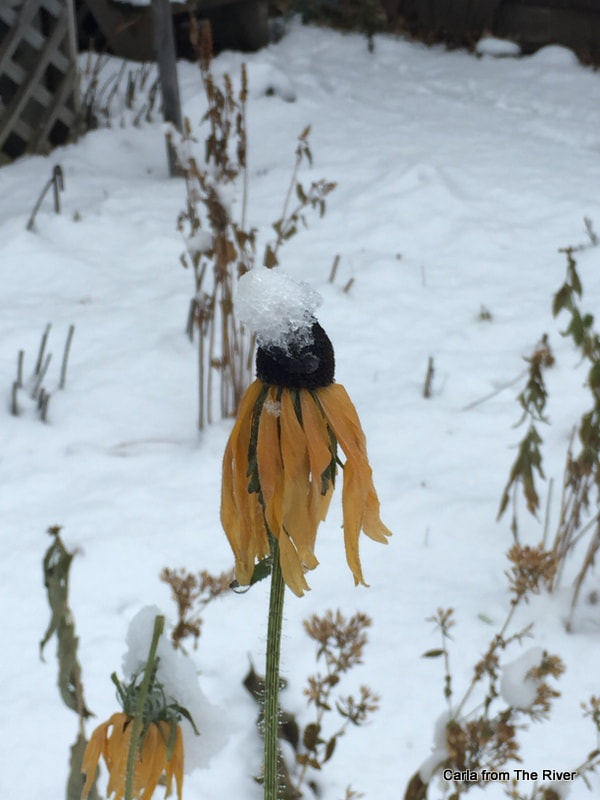
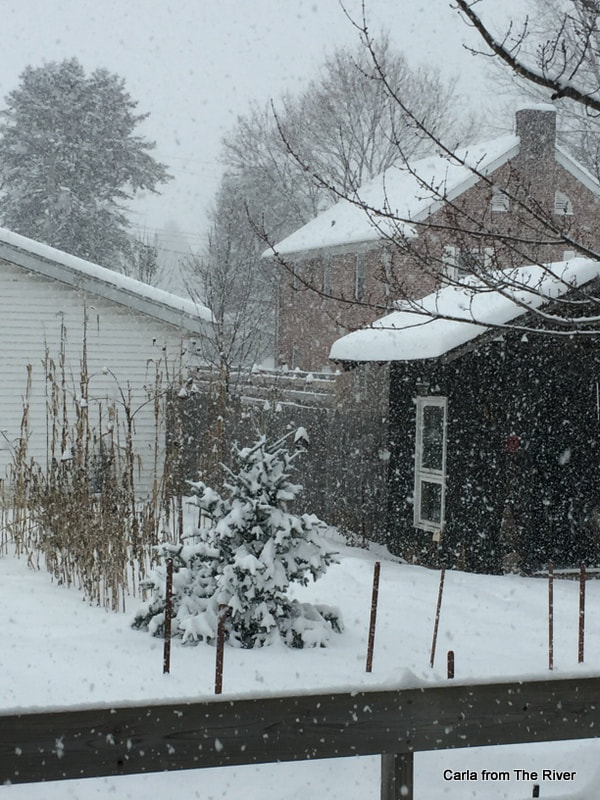

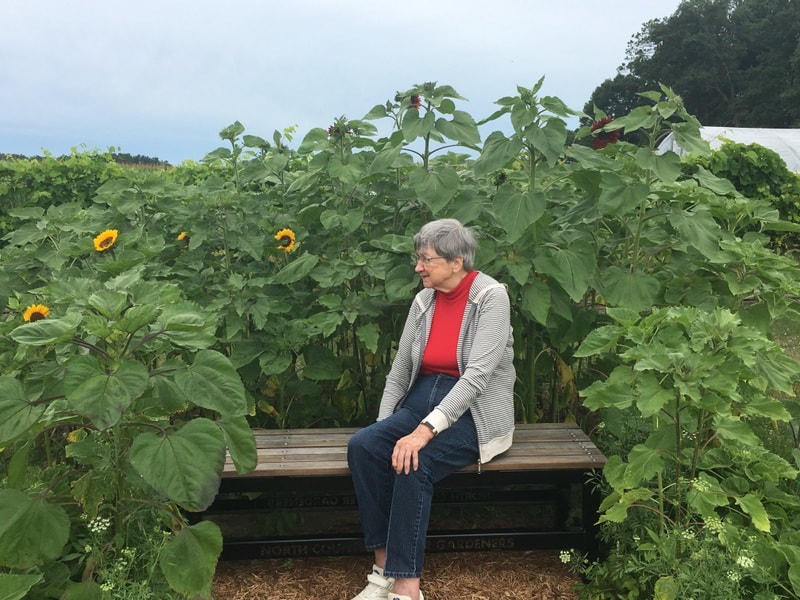
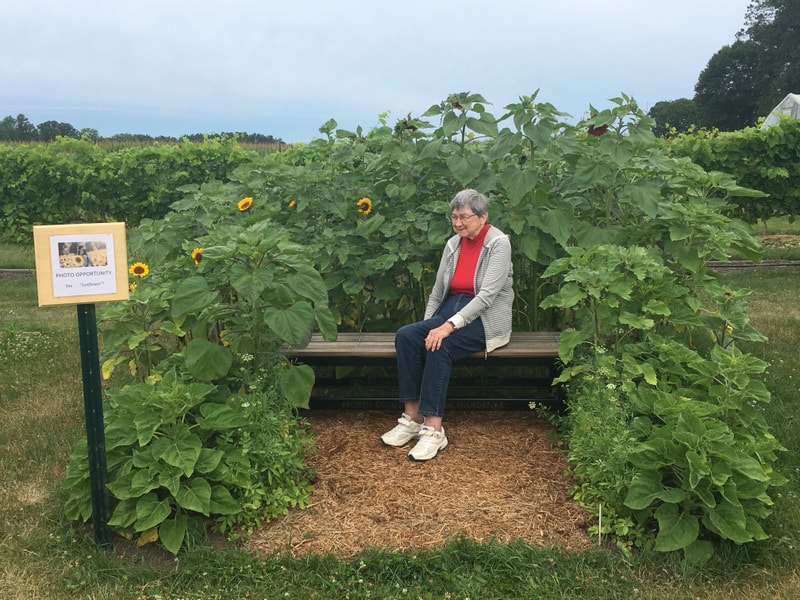
 RSS Feed
RSS Feed